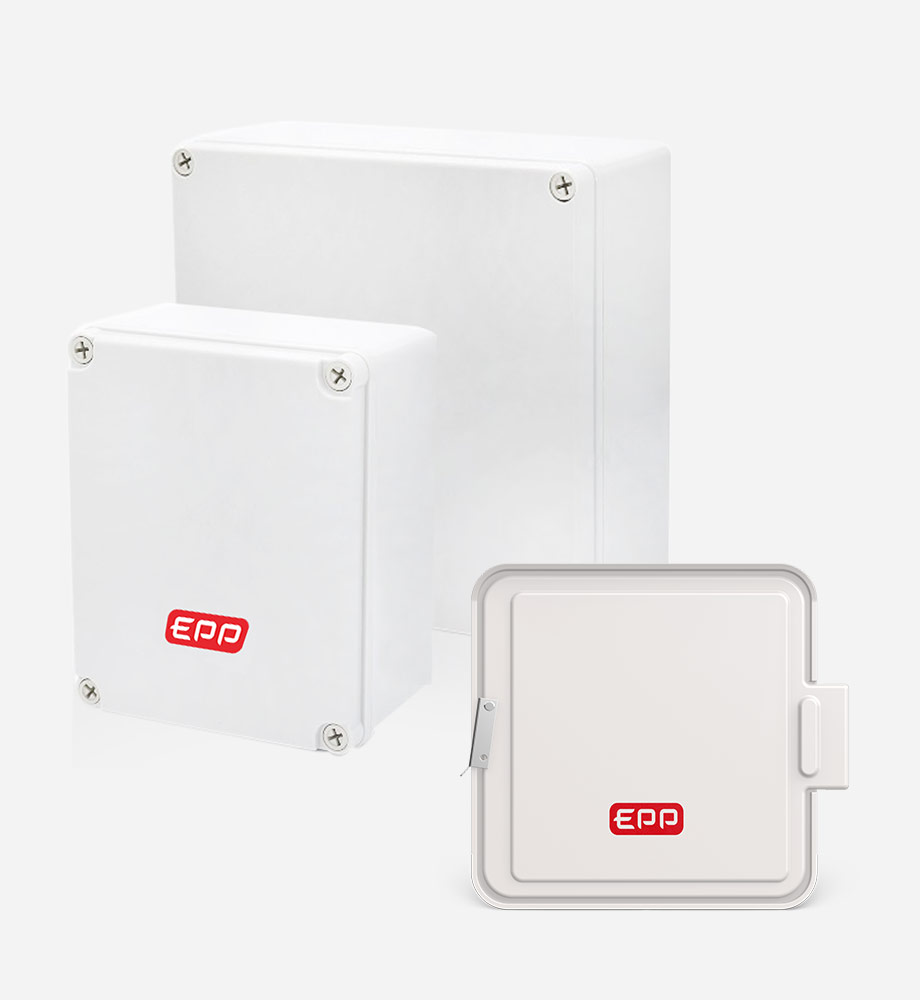Key Features
- Fire-Rated Materials: Steel or fiberglass-reinforced plastic (FRP) with flame-retardant properties.
- Standardized Sizes: Modular dimensions to accommodate DIN rail and panel assemblies.
- Ventilation Options: Louvered or forced-air cooling as needed for heat dissipation.
- Accessibility: Removable panels/doors for maintenance.
Benefits
- Safety: Protects passengers and equipment from electrical faults.
- Reliability: Shields sensitive electronics from shocks and EMI.
- Ease of Service: Neat cable entry and labeling simplifies troubleshooting.
- Weight Saving: Composite enclosures offer weight and corrosion benefits over metal.
Applications
- Car Interior Installation: Mounted under seats or ceilings in passenger cars.
- Driver Cab: Control equipment enclosures behind the dashboard.
- On-Board Power Systems: Houses for converters, battery units, lighting controls.
Technical Specifications
- IP Rating: Typically IP54/IP55 (dust and splash-proof).
- Fire Standards: Meets EN 45545 or NFPA for rail use.
- Temperature: Operating range -40°C to +70°C.
- Mounting: DIN-rail and bolt-down options inside walls/cabinets.
Unique Selling Points (USPs)
- Custom Knockouts: Cutouts can be made per electrical layout.
- Composite Options: FRP enclosures combine insulation and strength, reducing weight.
- Compliance: Meets all relevant railway EMC and fire regulations.

